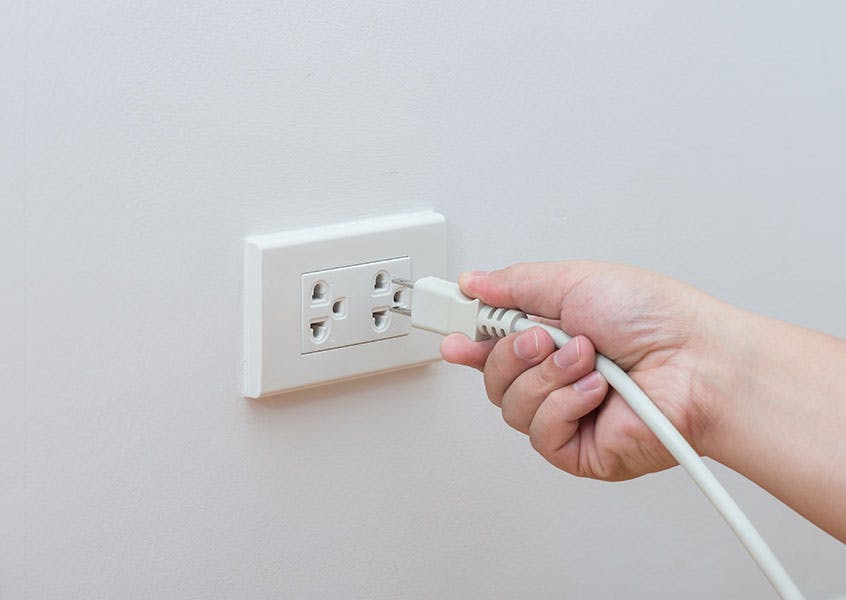Electric Shock Alert! Navigating the Hazards of Electrical Short Circuits and Leaks – A Close-Range Peril Demanding Immediate Attention
While heightened health precautions dominate the rainy season, it's crucial not to overlook the looming threat of accidents. Electric shock, in particular, is an imminent danger that cannot be underestimated. Exposure to electric shock can impose grave physical harm, potentially resulting in fatality. This discourse aims to comprehensively present information concerning post-shock symptoms, aiding and treating electric shock victims, and most importantly, strategies to prevent such accidents. Our collective safety throughout this rainy season hinges on effectively applying these insights.
Understanding Electric Shock
Electric shock, also termed as "Electric Short Circuit" or "Electrical Leak," denotes the condition wherein skin or internal organs sustain injuries due to electrical energy. This transpires when any body part makes direct contact with an electrical current source, facilitating the passage of electric current through tissues and thereby inducing a shock. The severity of the shock corresponds to voltage, current intensity, duration, current flow trajectory, and the victim's overall health.
In household settings, electric shock injuries primarily remain relatively mild since Thailand employs low-voltage electricity (220 volts). However, scenarios involving high-voltage sources – surpassing 1,000 volts – such as power lines, amplify the potential for severe and even lethal electric shocks.
Rainy seasons amplify the probability of accidents like electric shocks due to heightened water conductivity. Rainwater, infused with particles, moisture, and gases, can conduct electricity. Consequently, when damp or moist, our bodies intensify the risk of accidents if we come into contact with electrical devices experiencing current leakage.
Recognizing Electric Shock Symptoms
The gravity of symptoms varies in accordance with the shock's intensity. Manifestations include headaches, tingling sensations coursing through the body, seizures, irregular breathing, muscle pain, muscle spasms, burn marks on points of current entry or exit, distorted bones, compromised vision, speech or hearing impairment, erratic heartbeats, abrupt cardiac arrests, and loss of consciousness.
Assisting Electric Shock Victims: A 4-Step Guide
1. Prioritize self-assessment of the situation's safety prior to extending aid to victims.
2. When high-voltage sources are involved, promptly sever the power connection and engage professional assistance.
3. After cutting off power, use insulating materials such as rubber gloves, dry fabric, or plastics to ensure your safety before attending to victims.
4. If required, relocate the victim to a secure space or urgently summon medical support.
Navigating Personal Electric Shock Incidents
1. Maintain composure after the initial shock, followed by attempting to disengage from the electric current source.
2. If detachment is not feasible, vocalize distress and urgently call for medical aid or an ambulance.
3. Upon the arrival of assistance, defer to experts to manage the situation and avoid contact with the victim if electric current is still active.
4. Seek medical evaluation, even if external injuries are not evident, as internal harm may have transpired.
Recovery Post-Electric Shock
Victims must seek medical attention regardless of shock severity. Electric shock-induced burns can be treated with topical remedies, tissue removal surgery, and muscle recuperation procedures. For other injuries, treatment specifics hinge on the impacted organ, such as eyes or bones.
Safeguarding Against Electric Shocks
Mitigating electric shock risks entails consistent vigilance, extending beyond the rainy season. Safety measures encompass:
- Regularly inspecting and maintaining electrical appliances for optimal safety.
- Avoiding electrical appliances while wet.
- Strategic placement of appliances away from moisture and employing protective equipment.
- Reinforcing safety for households with children through childproof plugs and appliance safety mechanisms.
Accidents are an ever-present possibility. Equipping oneself with accident prevention and management knowledge is paramount. Adhering to preventive measures and knowing proper response protocols diminishes the likelihood of accidents and facilitates timely intervention. For Krungthai-AXA life insurance patrons seeking health-related insights, further articles are accessible at https://www.krungthai-axa.co.th/th/health-advisories
References:
· Faculty of Medicine Siriraj Hospital
https://www.si.mahidol.ac.th/th/healthdetail.asp?aid=419
· Bangpakok 3 Hospital
https://bangpakok3.com/care_blog/view/55
· Pobpad.com
https://bit.ly/3N5E45f
· Healthline


